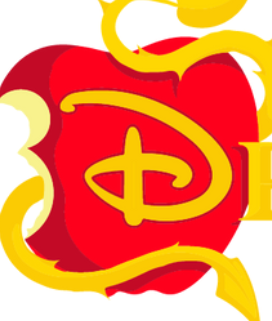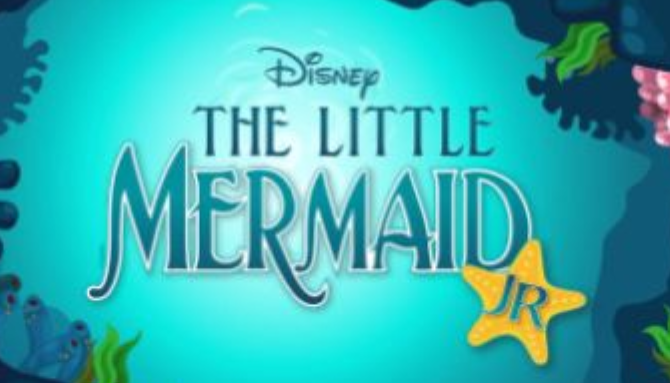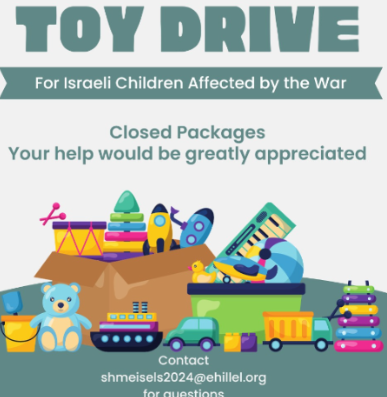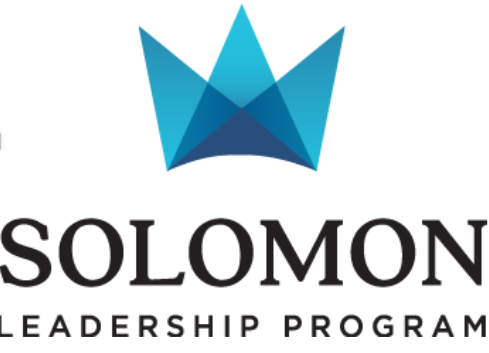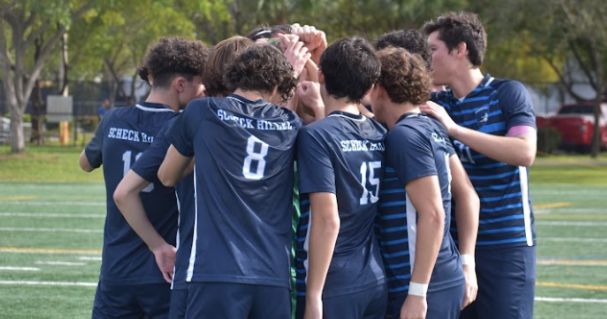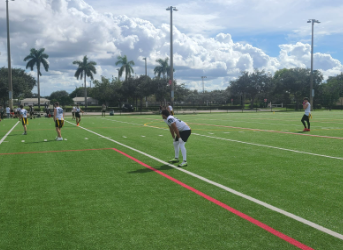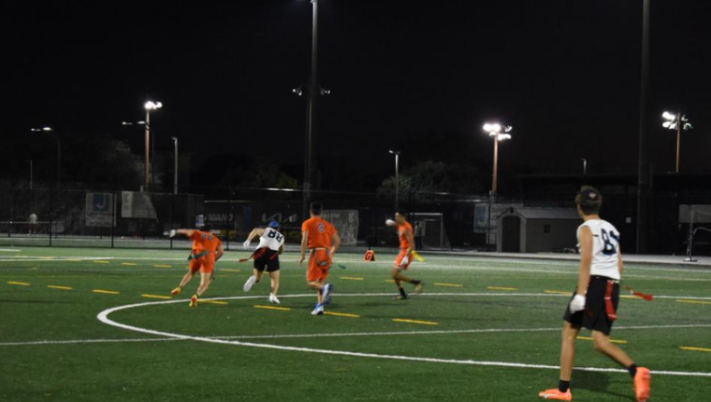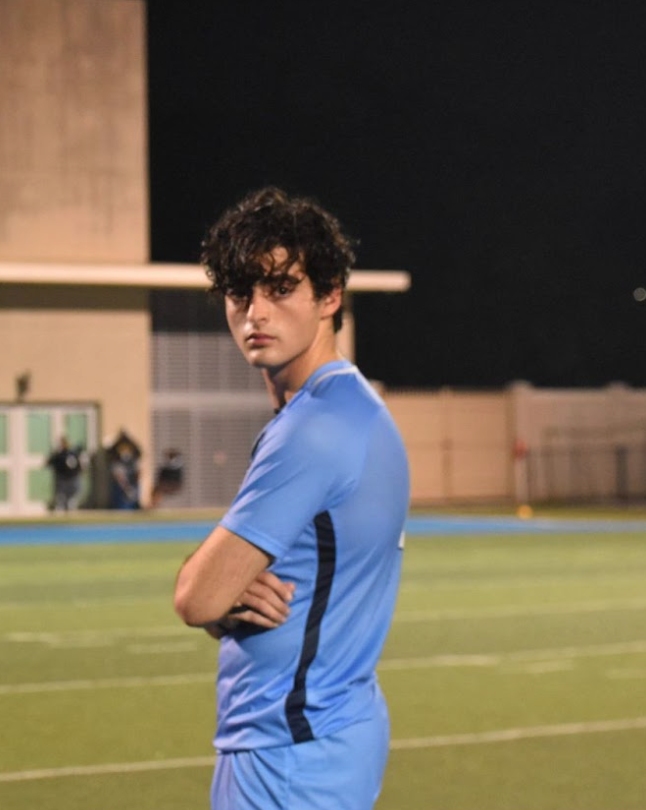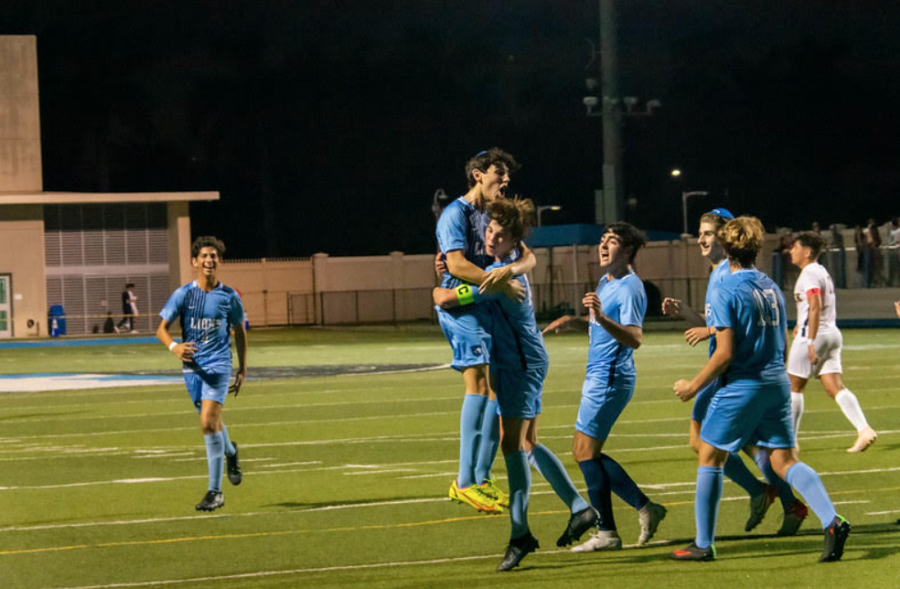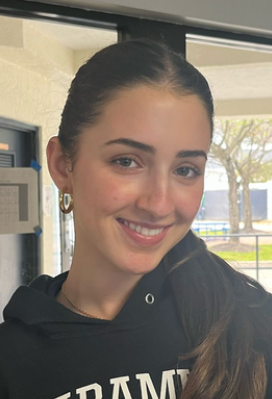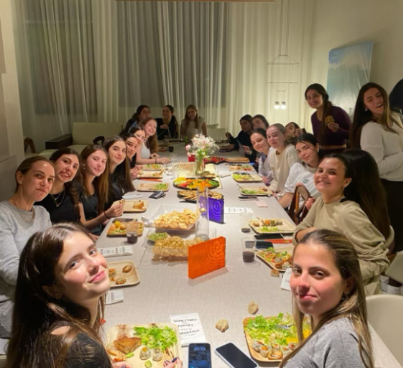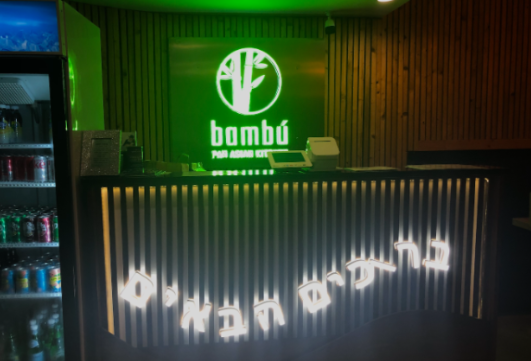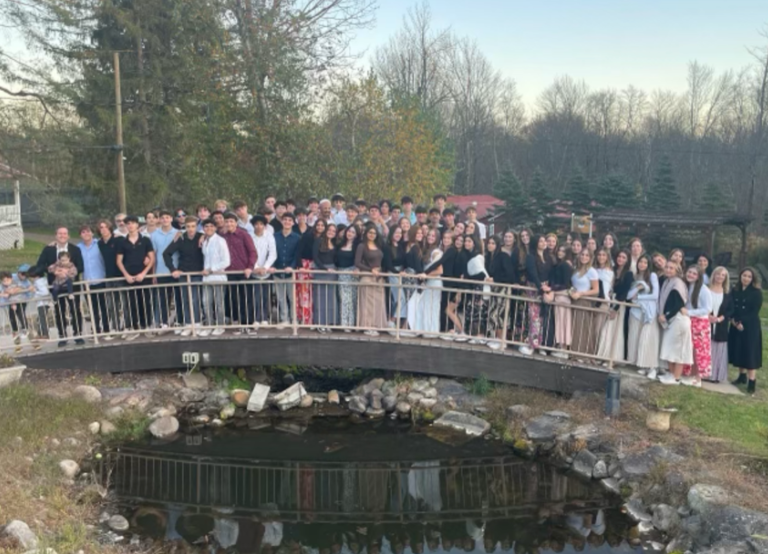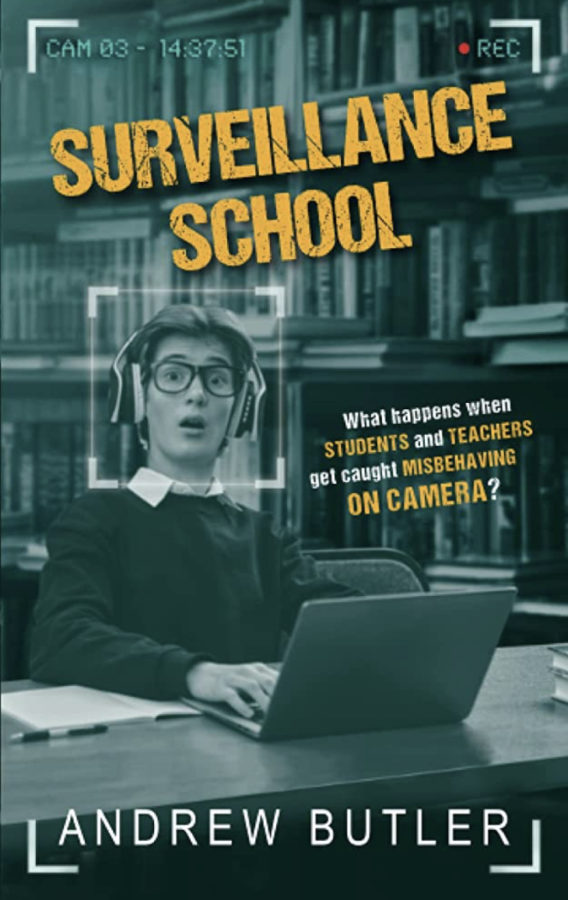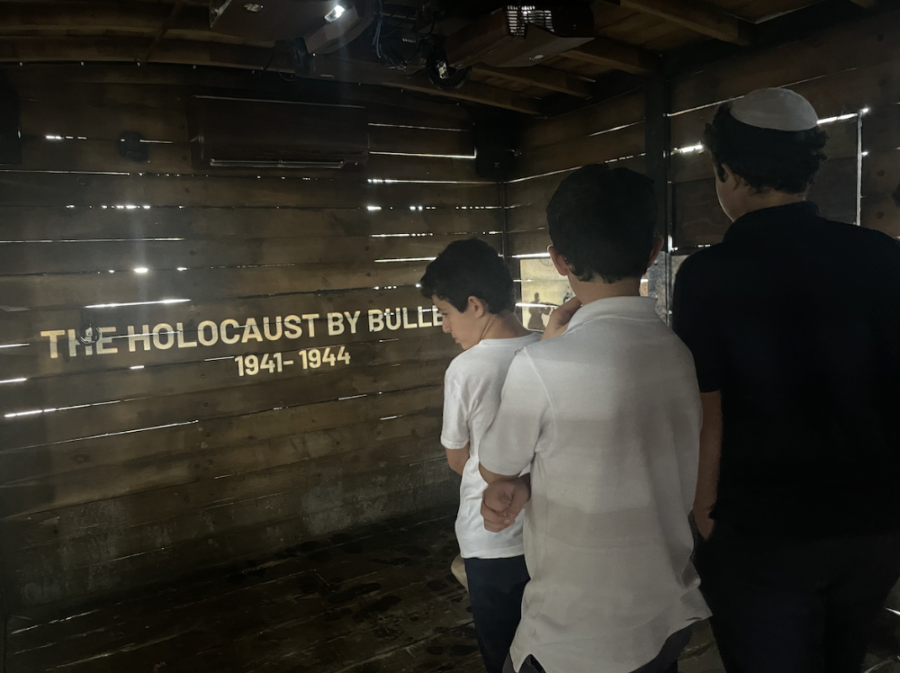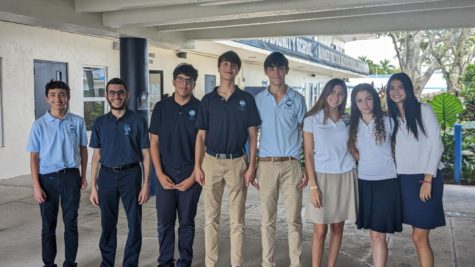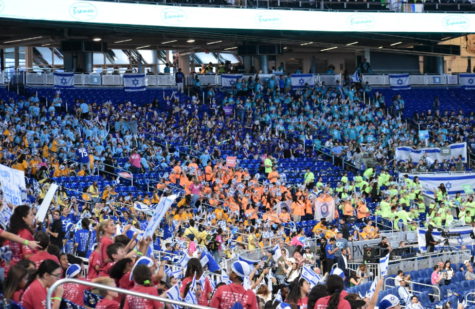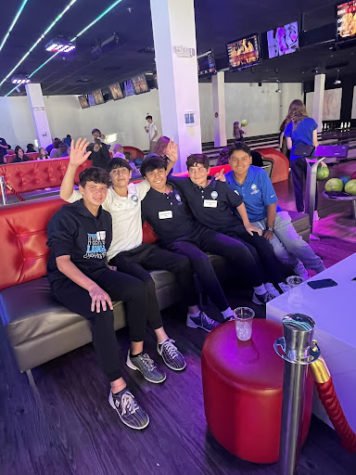Cattle Cart Helps Promote Holocaust Education
Though the sight of a cattle cart parked in front of the Michael-Ann Russel Jewish Community Center may be alarming to many, we are safe with the knowledge that we no longer live in the 1940s. In 2023, Shadow Light, a non-profit organization that strives to educate people on the Holocaust, recreated a cattle cart that carried Jews to concentration camps in Europe. In it, they made an exhibit featuring two Holocaust survivors and their stories, a synopsis of the Holocaust, and an explanation of its escalation from large-scale hate to the genocide of millions.
Tara Silberg, the lead educator of this organization, explains how she travels along the east coast of North America and teaches people “from thirteen-year-olds to the oldest adults (including survivors) about the Holocaust and the past, as well as how it affects us today.” She describes her passion for helping people, especially those facing discrimination or hate. Tara has a master’s degree in Human Rights and International Politics and has volunteered in Holocaust education for five years.
The cattle cart is taken to many different schools and centers and is viewed by diverse groups of people (including non-Jews). Since the exhibit is viewed by such large demographics, there are varying reactions to it. When asked to describe the debriefing sessions she holds after high school students view the exhibition, Tara said that “…the emotions range from ‘sad’ (being the most common word used) to ‘inspired,’ ‘informed,’ and ‘motivated to make a change.’”
Not only does the experience build upon previous Holocaust education, but it also guides those who have never heard of the Holocaust before. The experience gives people – especially students that are susceptible to falsehoods on social media – a basic understanding of the truth of what happened. “We go to a very diverse set of schools…we see people that don’t really know the Holocaust happened or see things online about Holocaust denial or distortion.” Not only is Tara educating those who are ignorant, but she is making sure to provide the truth about the events to people who have been influenced by the wrong sources.
Holocaust survivors have also seen the exhibit and Tara explains that they usually have two basic reactions. The first is repulsion. The survivors “went through this themselves and don’t want to see something like it ever again.” The second reaction is appreciation and understanding: “…they think this is the most important thing that anyone could see because it is our generation’s responsibility to continue their stories.”
Tara quotes one of the Holocaust survivors featured in the exhibit: “My memories are now your memories.” This implies that only through education can all the victims of the Holocaust and their experiences be remembered. By not forgetting what has happened in the past, people can learn from it and prevent it from ever happening again.
Your donation will support the student journalists of Scheck Hillel Community School. Your contribution will allow us to purchase equipment and cover our annual website hosting costs.

